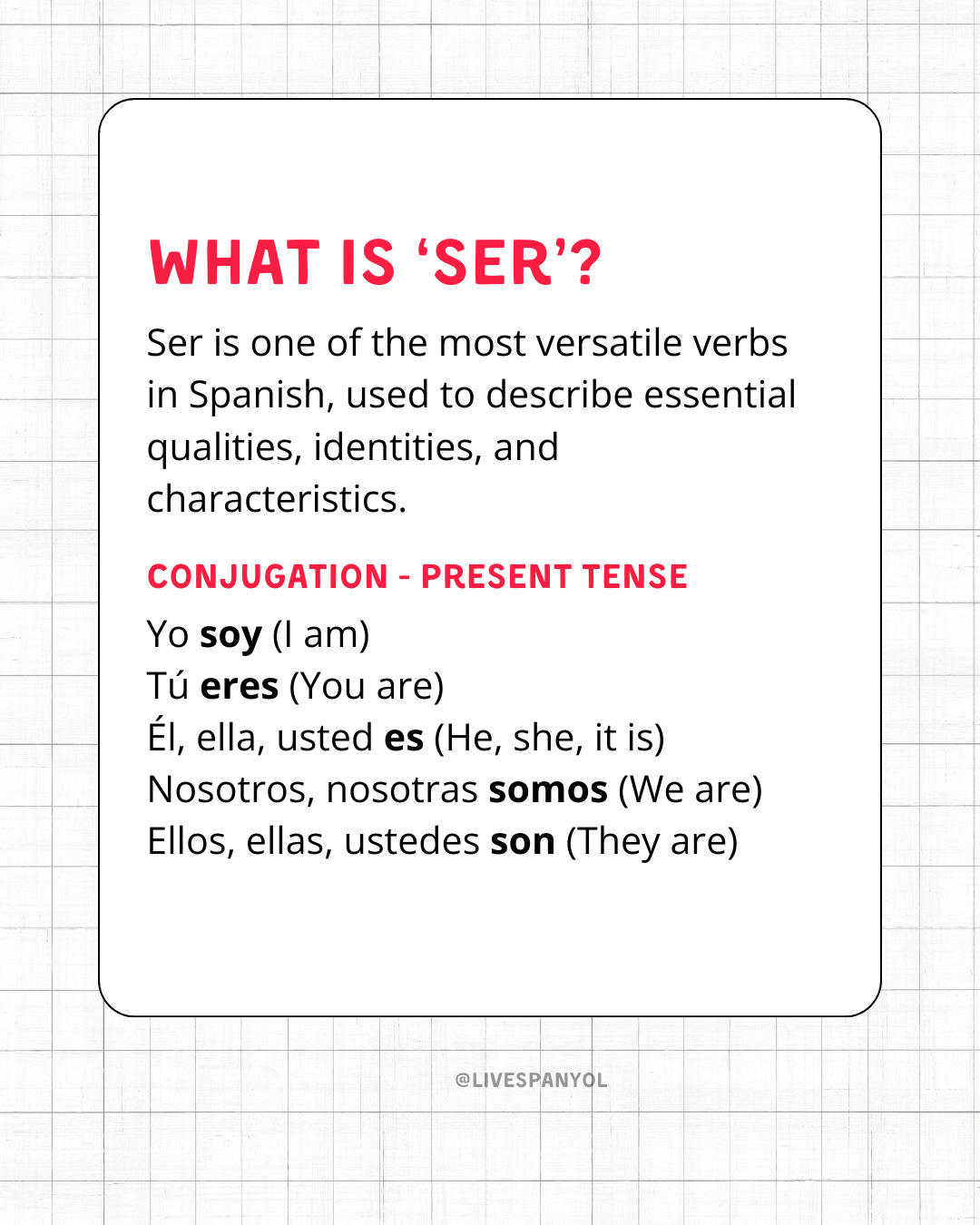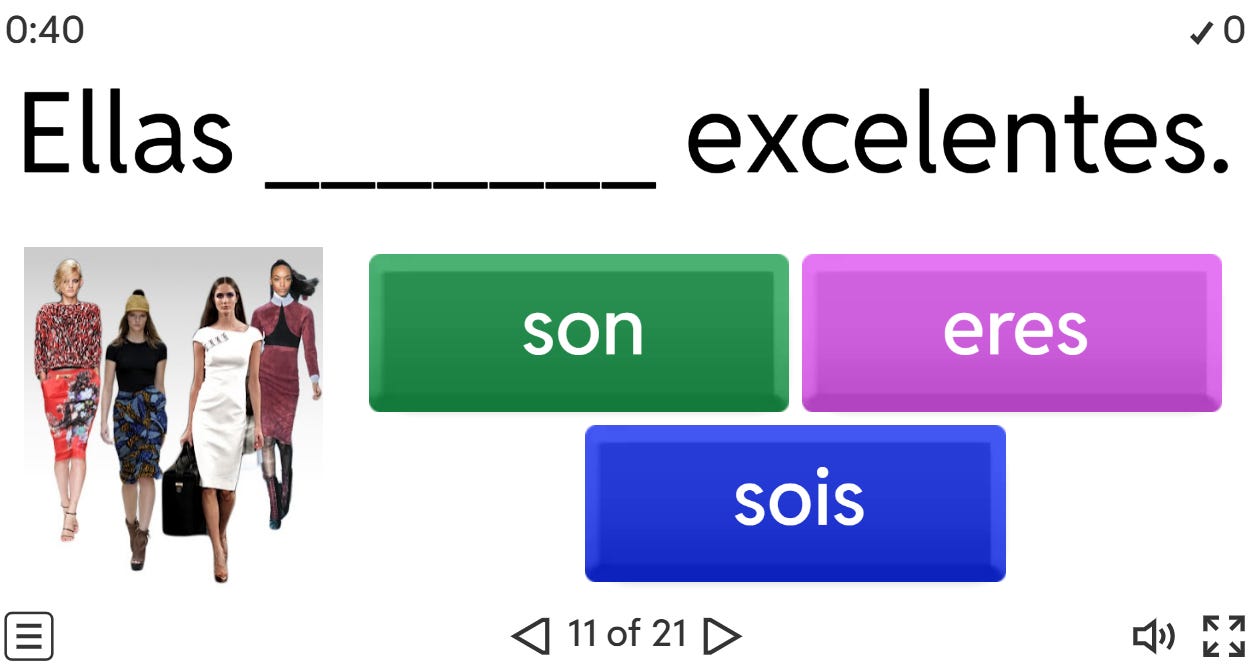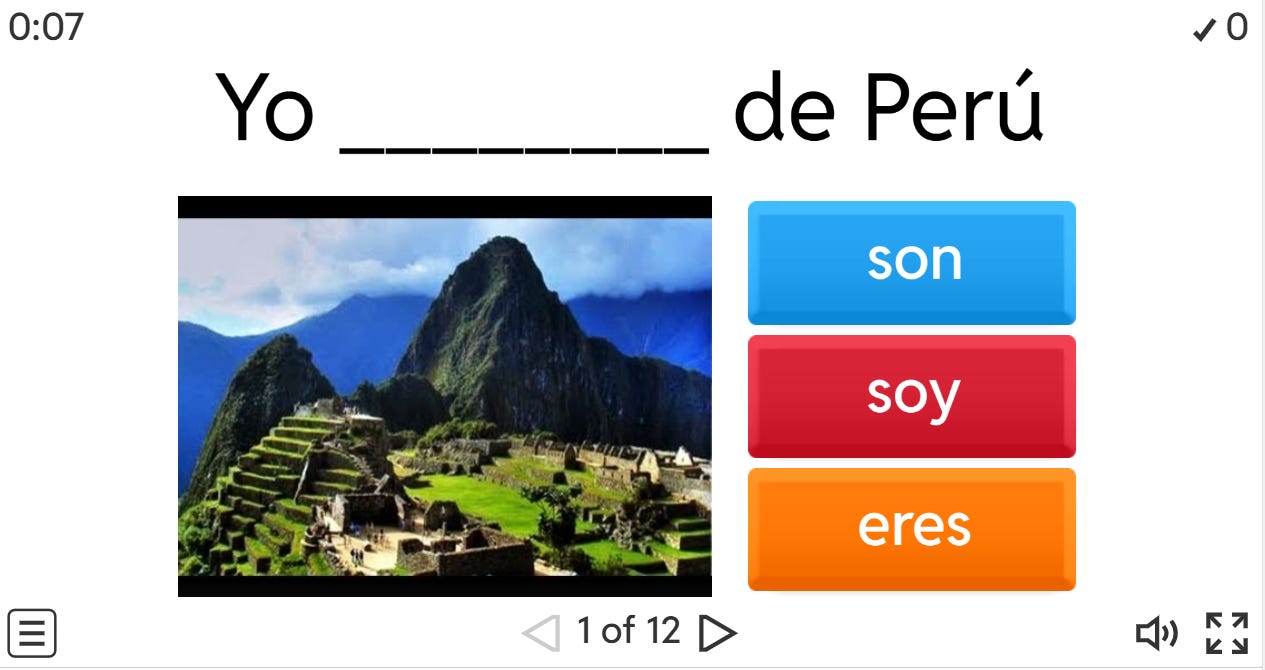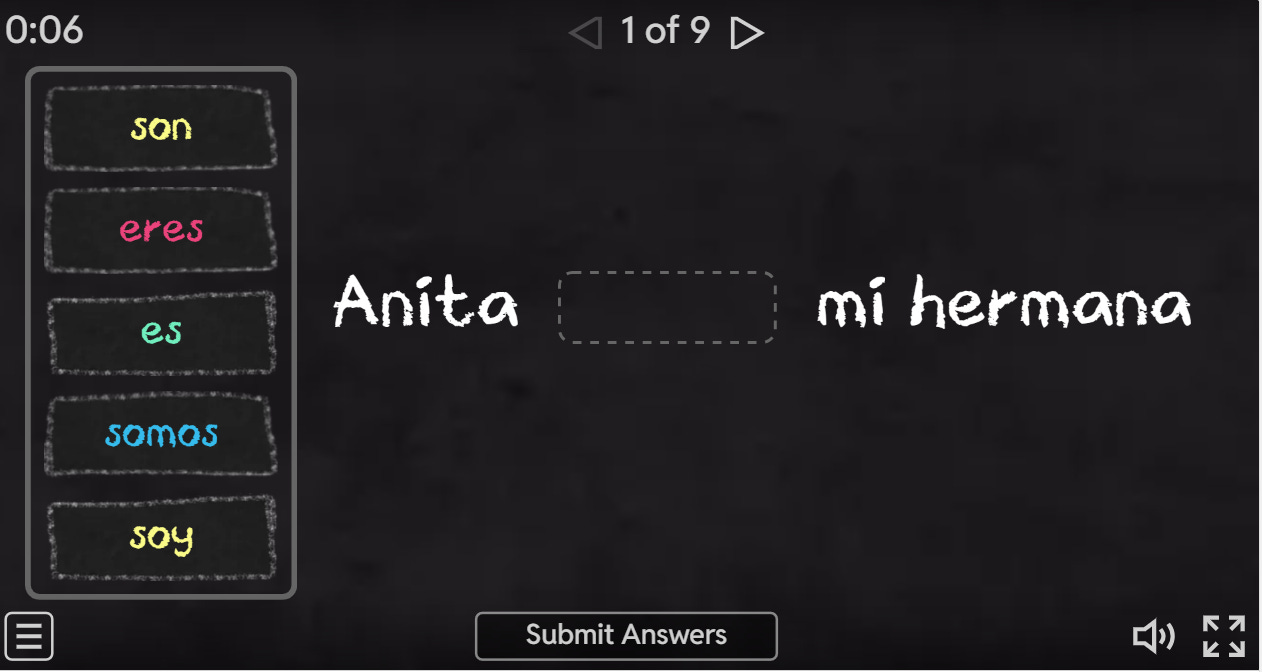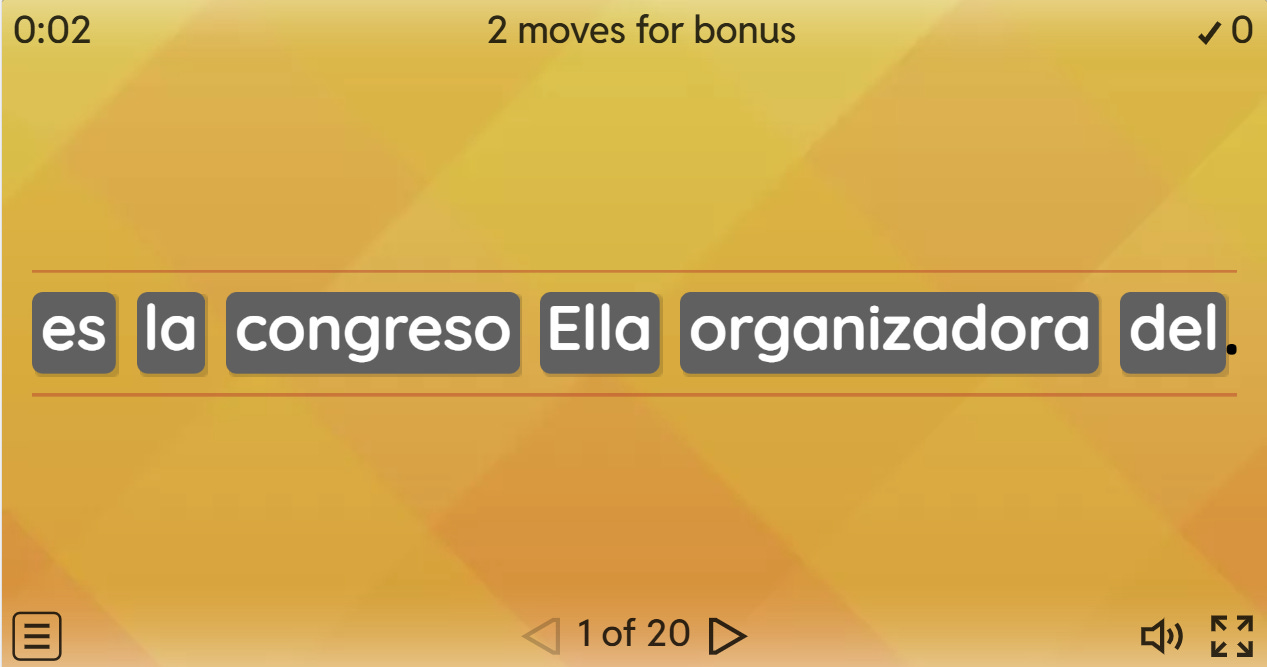The verb "Ser" (To be) in Spanish
In Spanish, the verb “ser” is much more than just a translation for the English word “to be.” It embodies the essence of identity, characteristics, and the fundamental qualities that define people, places, and even abstract concepts. Understanding “ser” is a crucial step in grasping the structure and nuance of the Spanish language.
The Core Functions of “Ser”
“Ser” is one of two verbs in Spanish that translate to “to be” in English, the other being “estar”. However, while “estar” generally describes temporary states or conditions, “ser” is reserved for what is permanent or intrinsic. Here are its key functions:
• Identity and Essence:
Use “ser” to describe who someone is or what something inherently is. For example, “Ella es doctora” means “She is a doctor,” emphasizing an enduring identity.
• Characteristics and Qualities:
When detailing permanent traits, such as “El cielo es azul” (“The sky is blue”), “ser” underscores an unchanging quality.
• Origin and Nationality:
“Ser” explains where something or someone comes from. For instance, “Soy de España” (“I am from Spain”) uses “ser” to denote origin.
• Time and Date:
To state time or dates, Spanish relies on “ser.” For example, “Hoy es lunes” (“Today is Monday”).
Choose the correct conjugation of the verb “Ser”
Click here to practice
Choose the correct conjugation for the verb “Ser”
Click here to practice
Choose the correct conjugation for the verb “Ser”
Click here to practice
Create sentences with the verb “Ser”
Click here to practice
🚀 Want to Learn More?
📅 Book a 1-on-1 Spanish Lesson with me! 👉 Click here to schedule!
🎥 Subscribe to My YouTube Channel for more fun lessons! 👉 Subscribe Now!





